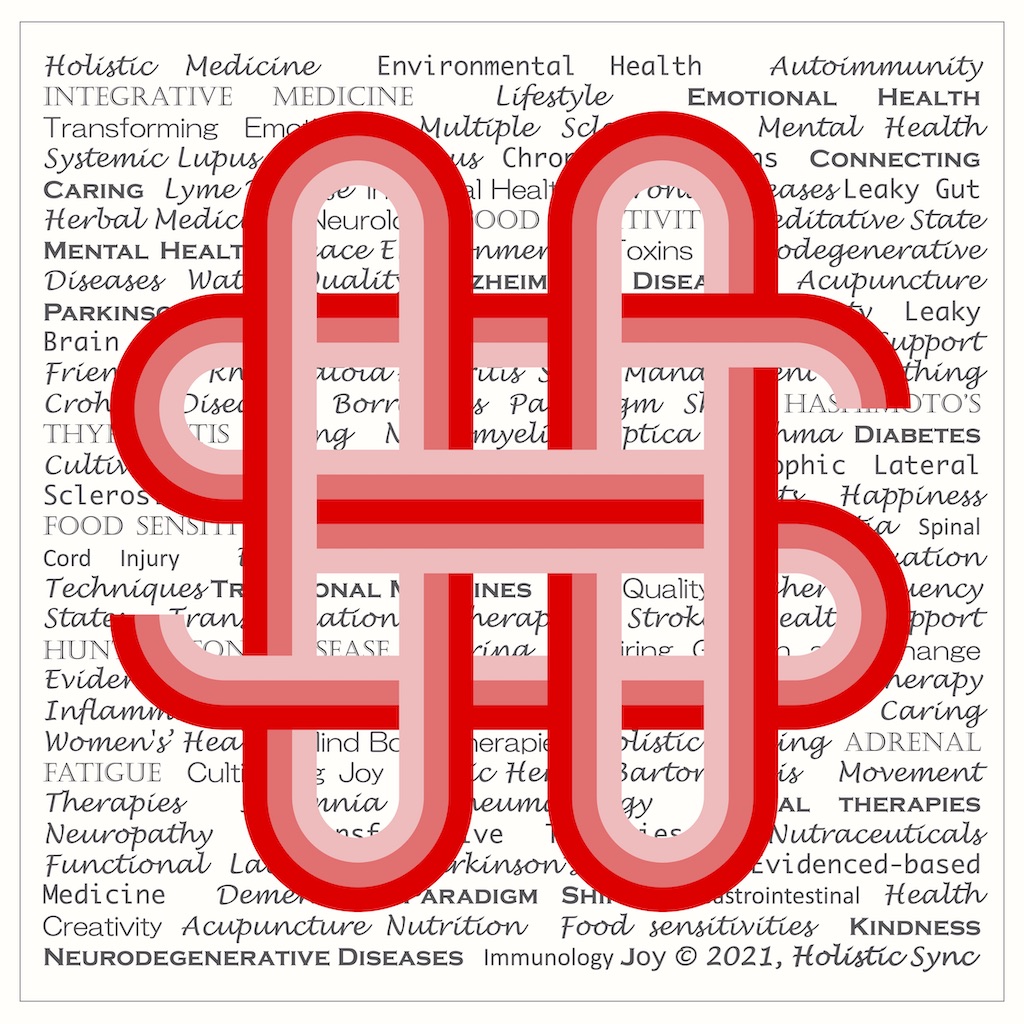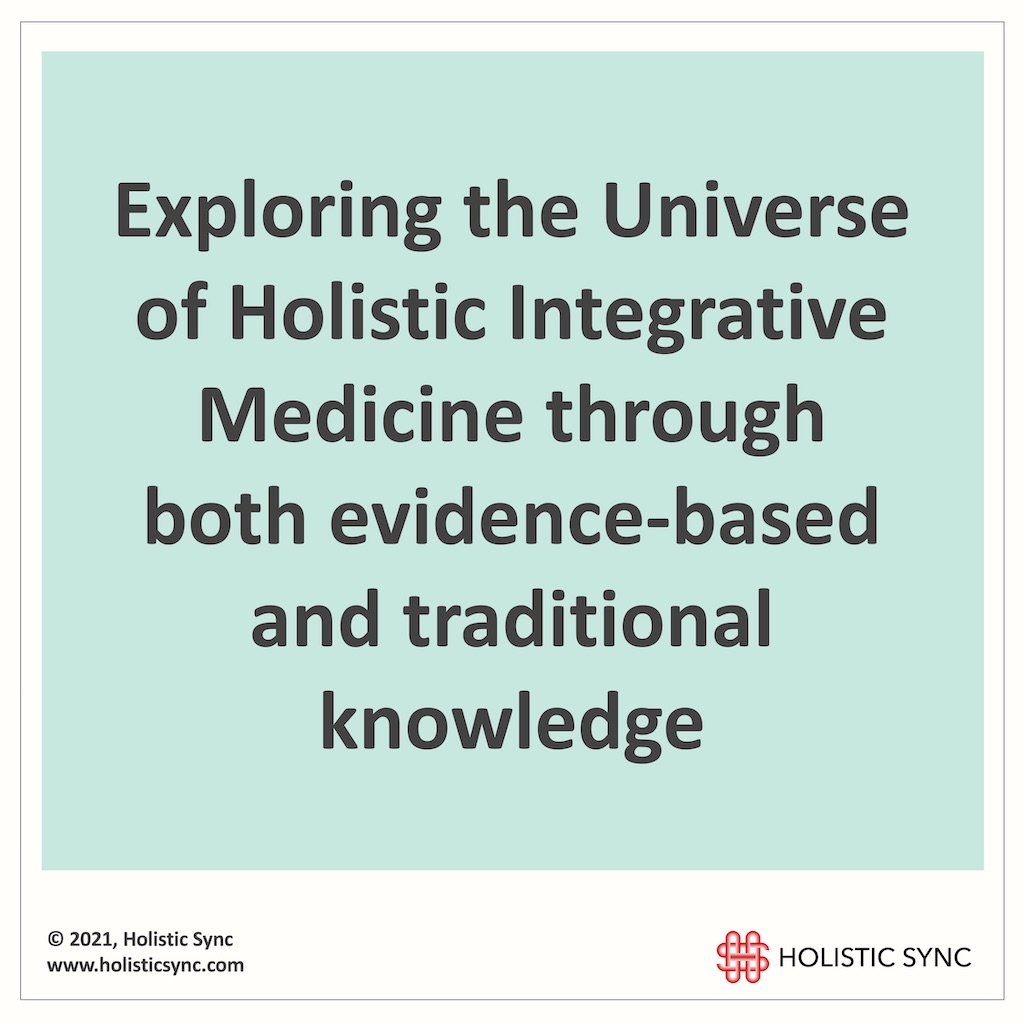Our mission
PROMOTE HEALTH THROUGH INTEGRATIVE MEDICINE
We use a comnination of Evidence-Based Medicine and Traditonal Medicine to promote physical, emotional, and mental health.

Evidence-Based Medicine
The concept of Evidence-based Medicine (EBM) originated in mid-19th century Paris and it aims to use high-quality research in clinical decision making.1,2 EBM integrates the clinical expertise of practitioners, the best scientific evidence from systematic research, and the patient’s values.2 In this sense, it is a patient-centered approach in which the efforts to provide better treatments instigate the development of the practitioner’s critical thinking, problem-based learning, and compassionate care.
Integrative Medicine
During the past years, there has been an increased interest in research of topics related to Complementary and Alternative Medicines (CAMs). This led to a surge in the uptake of many therapeutic resources into clinical practice and health care systems such as acupuncture, body-mind therapies, manual therapies, yoga, qi gong, herbal and nutraceutical therapies, and others. The rising recognition of these treatment modalities in Western countries expanded to the point of invading the most prestigious universities, inaugurating clinical and research programs of Integrative Medicine (IM). IM proposes to combine conventional and alternative medicines to holistically treat patients (body, mind, and spirit) through a patient-practitioner partnership approach. It also emphasizes preventive care and evidence-based practices.

Traditional Medicines
However, Traditional Medicines have been successfully treating many diseases for millennia. The World Health Organization (WHO) defines Traditional Medicines as those native medical systems that originated in their countries before the introduction of conventional or Western Medicine. More specifically, Traditional Medicine is “the sum of the knowledge, skills, and practices based on the theories, beliefs, and experiences indigenous to different cultures, whether explicable or not, used in the maintenance of health as well as in the prevention, diagnosis, improvement, or treatment of physical and mental illness”.3 As instituted in the Declaration of Alma-Ata as a result of the WHO primary health care conference in 1978, Traditional and Complementary Medicine is an “important primary health care resource to many populations, and has been recognized as a component of achieving “health for all”.3 The WHO understands that conventional medicine is not enough to provide health care and well-being to all populations. In many cases, for example, conventional medicine is cost-prohibitive and geographically inaccessible. Thus, in collaboration with their member states, they launched the Traditional Medicine Strategies in 2002-2005 and 2014-2023 to trace steps for developing “a cohesive and integrative approach to health care that allows governments, health care practitioners, and most importantly, those who access health care services, to access Traditional and Complementary Medicine in a safe, respectful, cost-effective, and effective manner”.4,5
Health is a state of complete physical, mental and social well-being, and not merely the absence of disease or infirmity...
Excerpt from the Constitution of WHO
The constitution was adopted by the International Health Conference held in New York (1946), signed by 61 States, and entered into force in 1948.
Important contributions of Traditional Medicines
The value of Traditional Medicines is indisputable. As an example among many, in 2015, Dr. Tu Youyou from the Institute of Chinese Materia Medica and the Academy of Chinese Medical Sciences (China) received the Nobel prize in Medicine or Physiology for her long-life achievements for the discovery and extraction methods of artemisinin from Artemisia annua. As the outcome of her team’s work and other research groups on the derivatives of this traditional herb, currently, the WHO recommends artemisinin-based combination therapy (ACT) as the first-line treatment for multi-drug-resistant malaria. Furthermore, many drugs-compounds originated from natural products such as lovastatin (anti-cholesterol), gastrodin (anti-convulsive), taxol (anti-tumor), camptothecin (anti-tumor), romidepsin (anti-tumor), schisandrin C (hepatoprotective), icariin (anti-osteoporosis), puerarin (anti-diabetes), tetrahydropalmatine (analgesic), and many others.6 In another example, Fingolimod (FTY720), a disease-modifying therapy used for multiple sclerosis (MS) was created from an isolate extracted from the fungus Isaria sinclairii.7 This fungus is closely related to Cordyceps sinensis, a herbal product extensively used worldwide in traditional medicines.7 Also, in 2017 the Food and Drug Administration (FDA) endorsed the use fo Acupuncture and Chiropractic in the opioid crisis as nonpharmacologic therapies recommended for the treatment of pain. Thus, as new challenges arise to provide “care for all” in a safe, effective, and cost-reasonable way, Evidence-Based and Traditional Medicines are hand-in-hand contributing to discoveries and solutions for health care problems.
It is important to note that, Traditional Medicines rely on a different medical rationality when compared to Conventional and Evidence-Based Medicines. While modern conventional physicians tend to depend a lot more on scientific evidence, traditional medicine practitioners follow an empirical knowledge accumulated over time. For example, Traditional Chinese Medicine (TCM) is a 5,000 year-old complete medical system that evolved with its own anatomical, physiological, pathological, and diagnostic processes, and relies on specific therapeutic modalities to address their treatment goals accordingly. In summary, conventional and traditional medicine are like two different languages from distinct cultural backgrounds. Regardless, the combination of science and tradition can enrich each other and provide health benefits for all.

Holistic Sync is engaged in research and projects to foster awareness and new perspectives in the related areas of Traditional, Complementary, Integrative, Holistic, Functional, Naturopathic, Herbal, Nutritional, Body-Mind, and Environmental Medicines, and other evidence-based and traditional knowledge that could improve quality of life, support health, and establish and reinforce positive emotional patterns.
References
- Sackett D. Evidence-based medicine. Semin Perinatol. 1997;(2):21(1):3-5. https://pubmed.ncbi.nlm.nih.gov/9190027/
- Masic I, Miokovic M, Muhamedagic B. Evidence Based Medicine – New Approaches and Challenges. Acta Inf Med. 2008;(16(4): 219-225). doi:https://dx.doi.org/10.5455%2Faim.2008.16.219-225
- Ahn S, Qin L, Bana A. Traditional and Complementary Medicine in Primary Health Care – Technical Series on Primary Health Care. World Health Organization (WHO); :2018. https://apps.who.int/iris/rest/bitstreams/1241145/retrieve
- WHO Traditional Medicine Strategy 2002-2005. World Health Organization (WHO); 2002. https://apps.who.int/iris/handle/10665/67163
- Who Traditional Medicine Strategy 2014-2023. World Health Organization (WHO); 2013. https://www.who.int/publications/i/item/9789241506096
- Yuan H, Ma Q, Ye L, Piao G. The Traditional Medicine and Modern Medicine from Natural Products. Molecules. 2016;(21(5): 559). doi:https://dx.doi.org/10.3390%2Fmolecules21050559
- Strader C, Pearce C, Oberlies N. Fingolimod (FTY720): a recently approved multiple sclerosis drug based on a fungal secondary metabolite. J Nat Prod. 2011;(74(4):900-7). doi:https://doi.org/10.1021/np2000528



